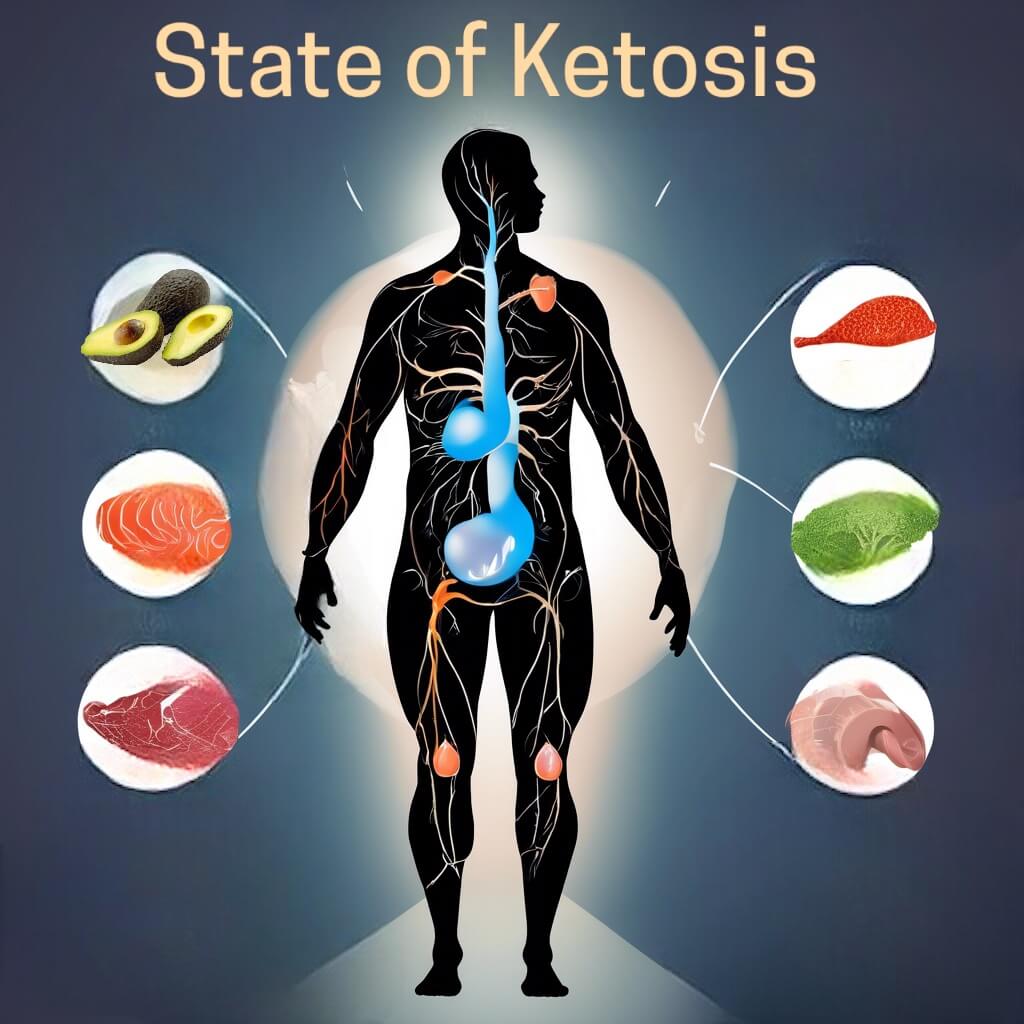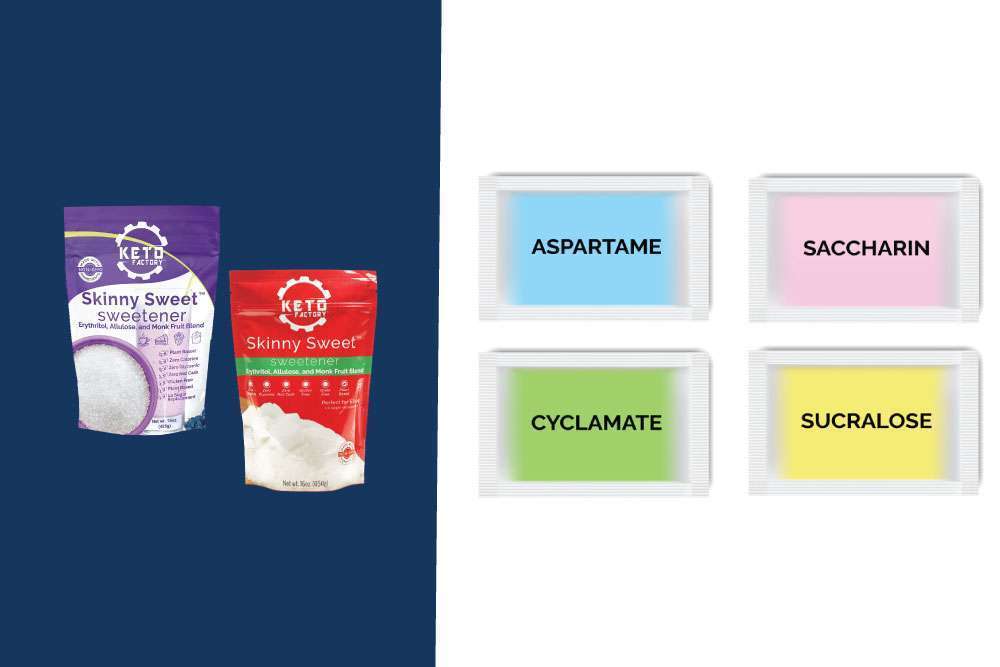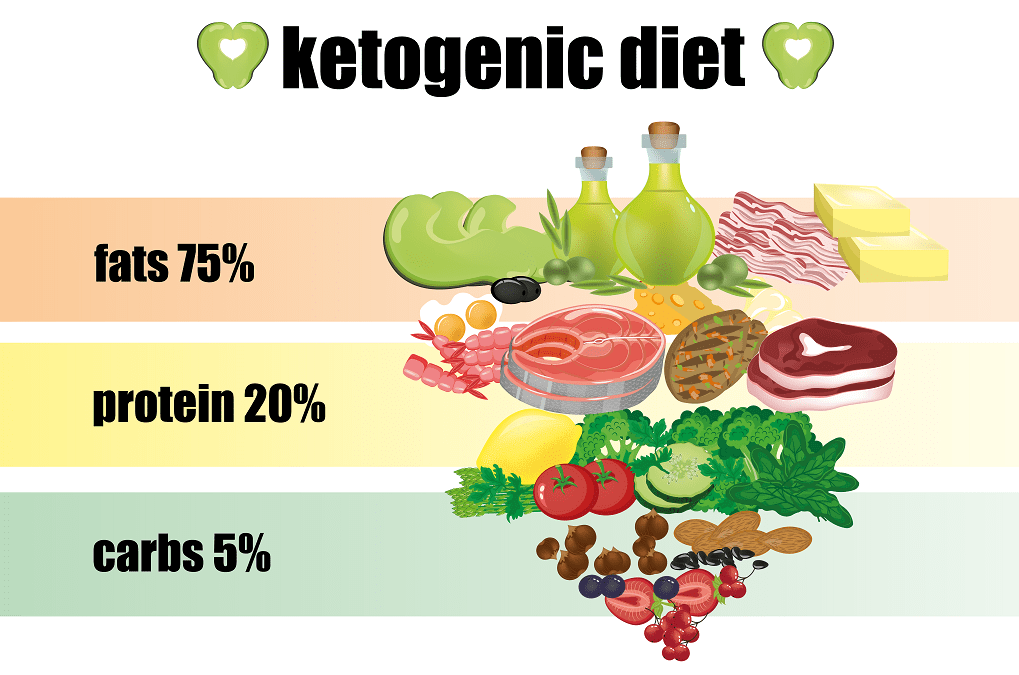The keto diet is a low-carb, high-fat approach that can help manage diabetes and prediabetes. By drastically reducing carbohydrate intake (about 5-10% of daily calories) and increasing fat consumption, the body enters ketosis, where it burns fat for energy instead of glucose. This shift can stabilize blood sugar levels and reduce insulin resistance, both critical for those with diabetes.
One of the biggest benefits of the keto diet is its ability to minimize glucose spikes. Unlike carbs that quickly convert into glucose, leading to blood sugar surges, fats and proteins digest more slowly. This makes it easier for diabetics to maintain steady blood sugar levels, reducing the need for medications like insulin.
Research supports these benefits. Studies show that individuals with type 2 diabetes following a keto diet experience lower HbA1c levels (a marker of blood sugar control) and improved insulin sensitivity. Additionally, weight loss, another benefit of the keto diet, can help further reduce insulin resistance, making diabetes management easier.
However, it’s important to monitor blood sugar closely, especially in the beginning, to avoid hypoglycemia. Consulting with a healthcare provider is essential to adjust medication and ensure a balanced intake of essential nutrients, like magnesium and potassium.
For diabetics looking to try keto, start by focusing on nutrient-rich, low-carb foods such as leafy greens, fatty fish, and avocado. Avoid processed foods with hidden sugars, and stay hydrated to reduce potential side effects like the “keto flu.”
By following these tips, diabetics can safely and effectively manage their condition with a ketogenic diet.







